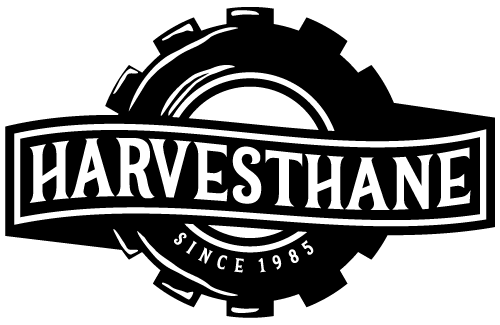Figure 1 Friction of urethane polymers against non-lubricated surfaces decreases with increasing hardness of the polymer, as shown in Figure…
Read More
The electrical properties of elastomers that are most commonly measured are: Resistivity Dielectric Strength Dielectric Constant Power Factor Materials suitable…
Read More
Hardness, as applied to elastomers, is defined as the relative resistance of a surface to indention by an indenter of…
Read More
When subjected to load, all elastomers exhibit an increasing deformation with time, known as creep. This occurs at any stress…
Read More
The following cost comparison shows the ratio of prices for selected materials to the lowest cost elastomers: EPDM, SBR, and…
Read More
Compression set tests, described in ASTM D-395, are of two main types: Method A, compression set under constant load; and…
Read More
The shelf life of molded parts assumes storage in controlled environmental conditions, both in terms of temperature and humidity. The…
Read More
There are two types of abrasion: sliding and impingement. Sliding is the passing of an adjacent surface across the elastomer…
Read More
These charts compare the physical, chemical resistance, and environmental resistance properties of elastomers.
Read More
From large vehicles to aquatic entertainment, rubber hoses are significant contributors to vibration absorption. Formed hoses are used in industries…
Read More



